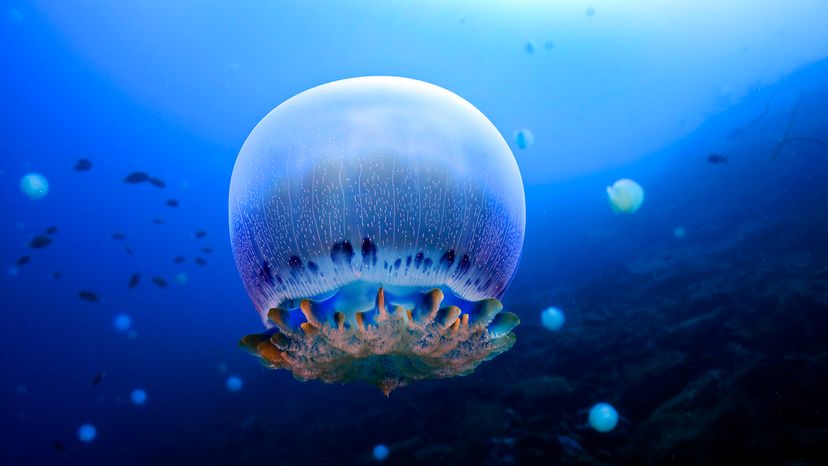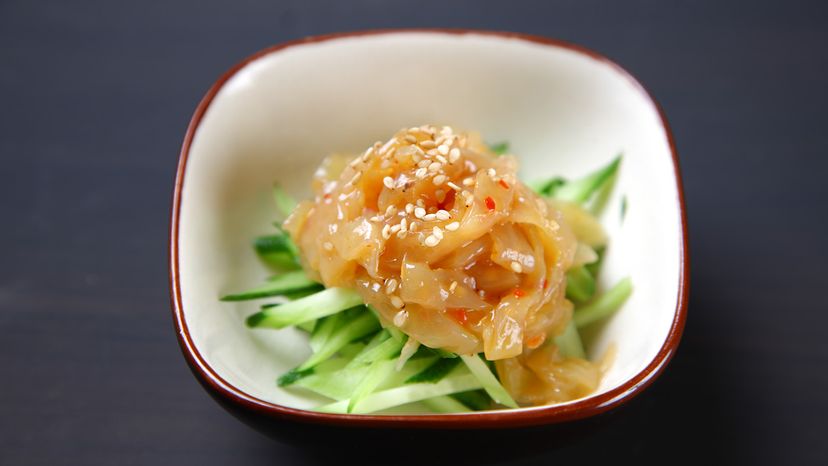
Jellyfish might look like something you’d never want near your dinner plate, but people have been eating them for centuries. But can you eat jellyfish safely?
Yes, and not only are some species edible, they’re considered a delicacy in several Asian countries.
Advertisement
In fact, edible jellyfish show up in dishes like jellyfish salad across China, Japan, Korea, and Thailand. These gelatinous marine animals aren’t just eaten raw; people also deep fry, marinate, and cook them in soups.

